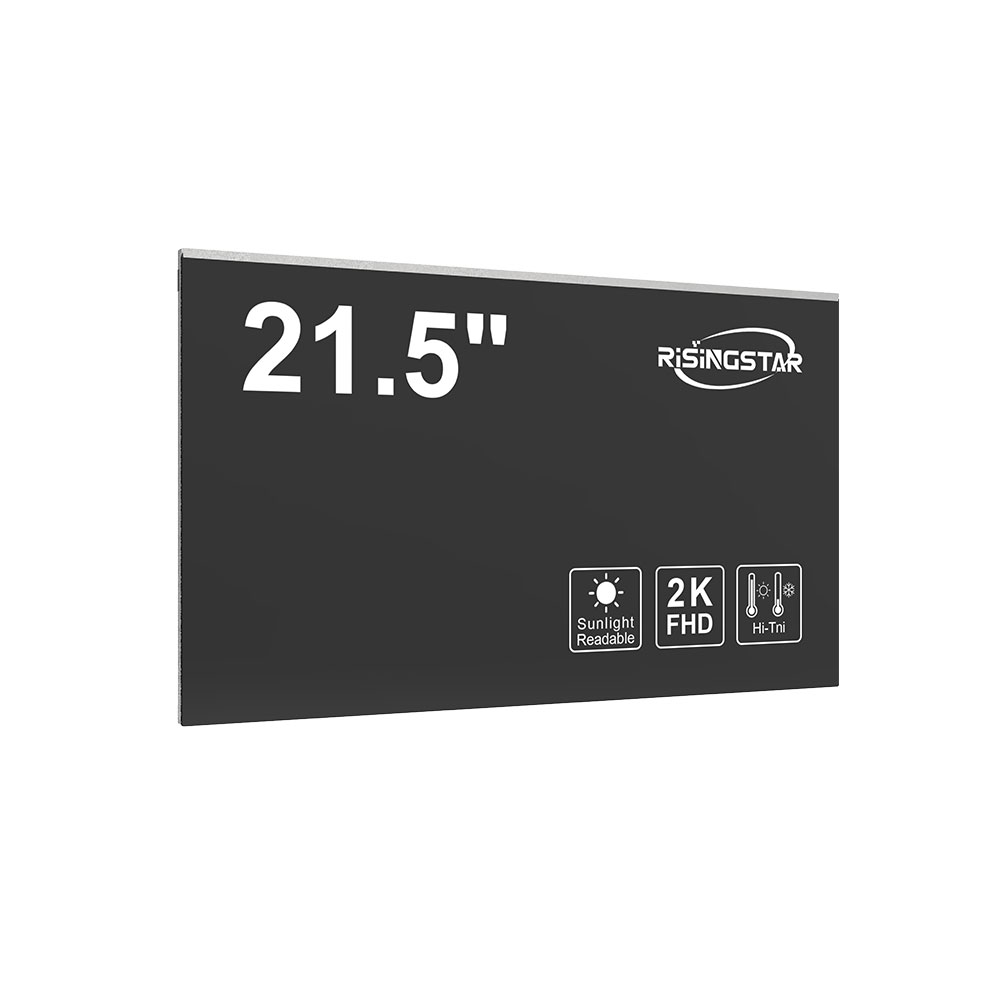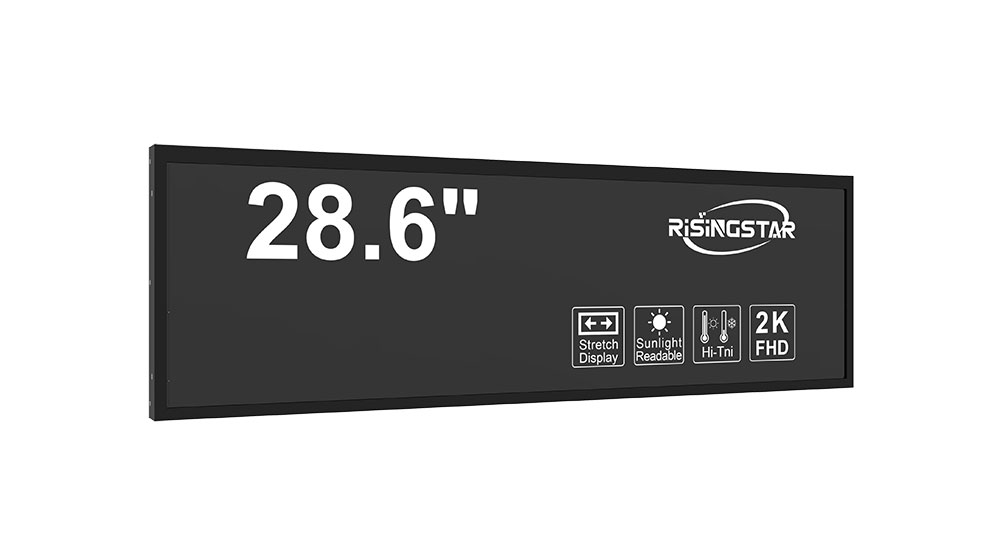- Home
- About Us
- Products
- News
- Video
- Contact
- Send Inquiry
Search
- Home
- About Us
- Products
- News
- Video
- Contact
- Send Inquiry

In modern transportation infrastructure, passenger information displays (PIDs) are critical components that enhance safety, efficiency, and user experience. These systems provide real-time updates on schedules, delays, platform changes, and emergency alerts—especially vital in airports, train stations, bus terminals, and metro systems. As technology advances, outdoor high-brightness LCD displays with a 16:9 aspect ratio have become the industry standard due to their compatibility with HD video content, clear readability under direct sunlight, and scalability across various installation environments.
Screen sizes range from compact 10.1-inch units for kiosk integration to massive 110-inch panels for large public spaces like concourses or station halls. Each size offers distinct advantages based on viewing distance, ambient light conditions, and application context. For example, 13.3” and 15.6” displays are ideal for interactive kiosks in transit hubs where users need touch functionality, while 21.5”–43” screens dominate digital signage applications in lobbies or waiting areas. Larger formats such as 46”, 55”, and 75” are commonly used in open-air stations or airport gates where visibility must be maintained even in bright daylight.
The 16:9 display ratio ensures optimal use of space for widescreen video feeds, allowing seamless integration with live traffic data, weather updates, and dynamic content management systems (CMS). According to a 2023 study by the International Association of Public Transport (UITP), 87% of global transit authorities prefer 16:9 LCDs for PIDs because they support both static text and moving visuals without distortion. Additionally, manufacturers like LG, Samsung, and Sharp now offer Class 4000–8000 nits brightness levels for outdoor models—critical for maintaining clarity during peak sunlight hours.

Environmental durability is another key factor. Outdoor PIDs must comply with IP65 or higher ratings for dust and water resistance, operate reliably between -30°C and +60°C, and include anti-glare coatings to reduce reflections. LED-backlit panels with wide viewing angles (>170°) further improve legibility from multiple positions—a necessity in crowded transport settings. Case studies from London Underground and Singapore’s Mass Rapid Transit (MRT) show that upgrading to 16:9 high-brightness displays reduced miscommunication incidents by up to 42% over two years.
When selecting screen sizes, engineers should consider mounting height, average viewer distance, and resolution (typically Full HD 1920x1080 for 16:9). For instance, a 27” display at 3 meters away provides clear visibility, whereas a 55” unit may be required for 6 meters or more. Integration with cloud-based CMS platforms allows remote content updates, scheduling, and analytics—enhancing operational agility. In conclusion, combining appropriate screen dimensions (from 10.1” to 110”) with 16:9 aspect ratio, high luminance, and environmental resilience makes these displays indispensable in smart city mobility ecosystems.
